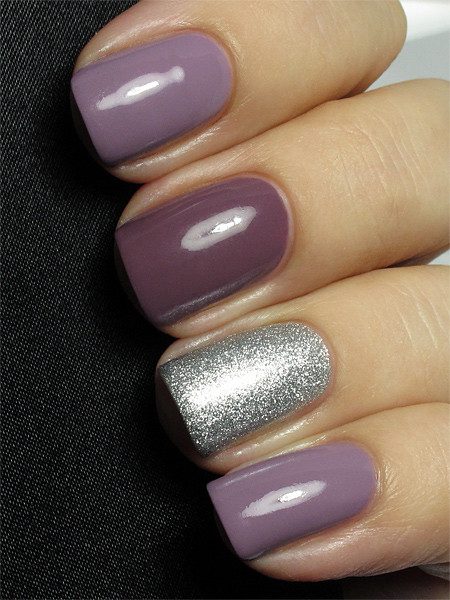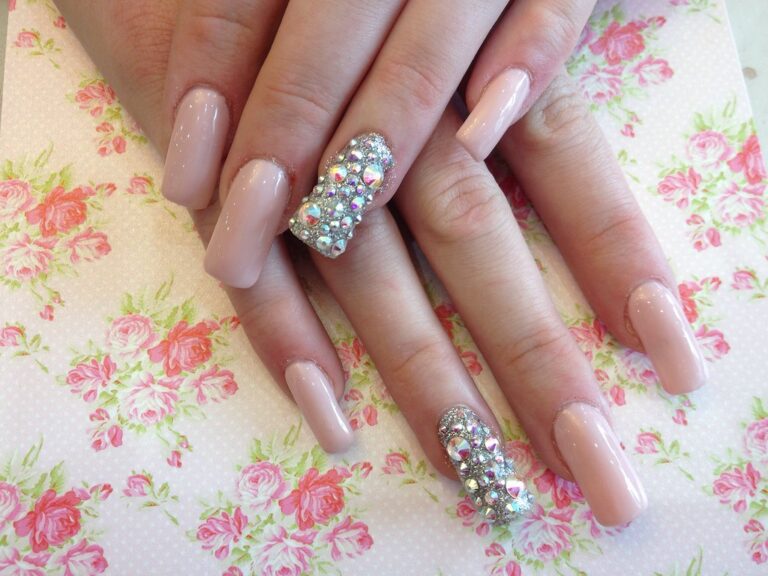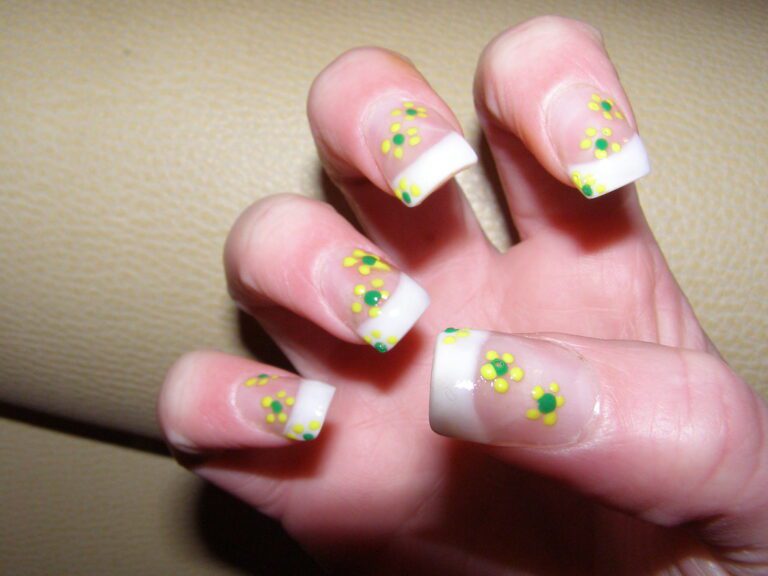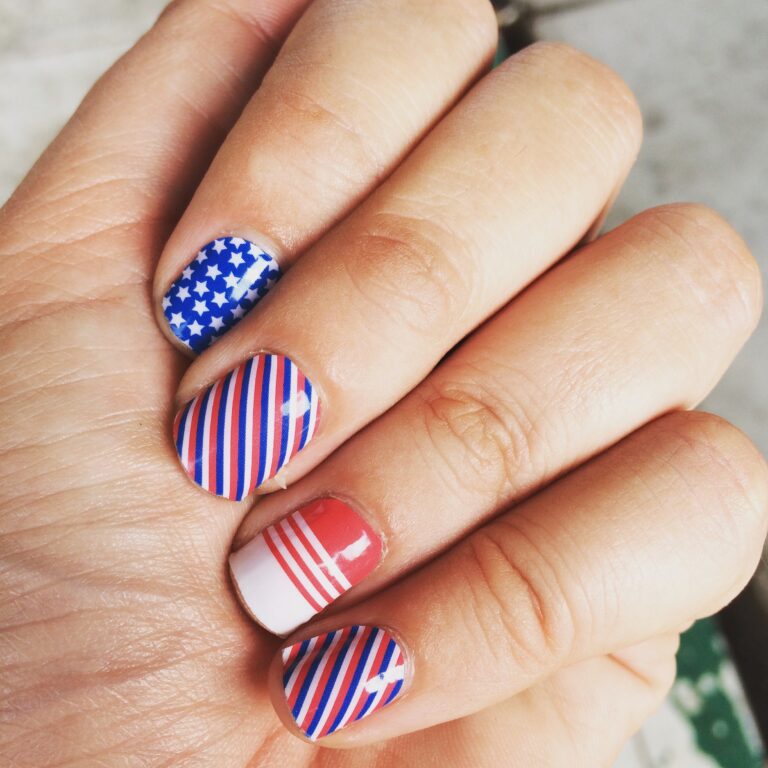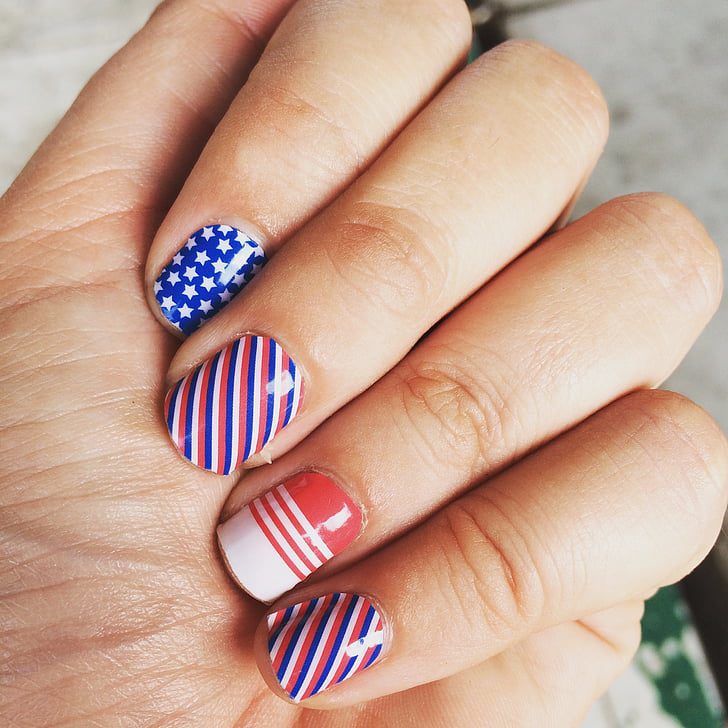“Longevity Matters: Nails That Last the Longest”
In the construction industry, the longevity of nails is a crucial factor in determining the durability and strength of structures. This article explores the science of nail durability, comparative analysis of nail materials, innovations in nail manufacturing, best practices for nail selection and usage, maintenance and care for extended nail life, and environmental considerations and sustainability. Understanding the composition of nails and the factors affecting their longevity is essential for making informed decisions about nail selection and usage.
Key Takeaways
- Understanding the composition of nails is essential for selecting the most durable material.
- Matching nails to environmental conditions ensures optimal performance and longevity.
- Routine inspections and proper maintenance are critical for extending the life of nails.
- Eco-friendly nail materials contribute to sustainable construction practices.
- Innovations in protective coatings and design enhance the durability of nails.
The Science of Nail Durability

Understanding Nail Composition
The composition of nails is fundamental to their durability and performance. Nails are typically made from various metals, with steel being the most common due to its strength and cost-effectiveness. However, other materials like aluminum, copper, and even plastic are also used for specific applications where weight, corrosion resistance, or other properties are important.
The core elements that make up a nail include the head, shank, and point. Each part plays a crucial role in the nail’s function:
- Head: Provides a surface for the hammer to strike and can be flat or rounded.
- Shank: The long, straight portion that provides the holding power. It can be smooth or have ridges (called threads) for added grip.
- Point: The tapered end that penetrates the material, designed to minimize splitting.
Tip: Selecting the right nail composition is essential for ensuring longevity, especially in environments that may expose the nail to moisture, chemicals, or extreme temperatures.
Factors Affecting Nail Longevity
The durability and longevity of nails are influenced by various factors, including the material composition, environmental conditions, and proper installation techniques. Understanding the interplay of these factors is crucial for selecting the most suitable nails for specific applications. Factors such as exposure to moisture, temperature fluctuations, and mechanical stress can significantly impact the lifespan of nails. Additionally, the compatibility of the nail material with the surrounding environment plays a vital role in determining its longevity. It’s essential to consider these factors when choosing nails for long-lasting performance.
To ensure optimal nail longevity, matching the nail material to the environmental conditions is imperative. For example, in corrosive environments, stainless steel nails exhibit superior resistance to rust and corrosion compared to traditional steel nails. Proper installation techniques, including the use of appropriate fasteners and tools, also contribute to the extended lifespan of nails. By following recommended installation practices, the risk of premature nail failure due to improper installation can be minimized.
Tip: When selecting nails, prioritize compatibility with environmental conditions and adhere to recommended installation guidelines for maximum longevity.
Comparative Analysis of Nail Materials

Steel Versus Aluminum Nails
When comparing steel and aluminum nails, it’s essential to consider their distinct characteristics and how they perform in various applications. Steel nails are known for their exceptional strength and durability, making them suitable for heavy-duty construction where structural integrity is paramount. On the other hand, aluminum nails are lighter and more resistant to corrosion, which makes them ideal for outdoor projects and applications in corrosive environments.
Steel nails:
- High tensile strength
- Prone to rust without protective coatings
- Typically more affordable
Aluminum nails:
- Lightweight and corrosion-resistant
- Less strength compared to steel
- Often more expensive due to material costs
Tip: Always choose the nail material based on the specific needs of your project. For instance, in coastal areas with salty air, aluminum nails may be more beneficial to prevent corrosion-related issues.
The Rise of Composite Nail Solutions
The advent of composite nail solutions marks a significant leap in the quest for durability and versatility in fastening materials. These innovative nails are crafted from a blend of materials, typically combining a polymer matrix with fibers such as glass or carbon to enhance strength and resilience. The result is a nail that not only resists corrosion but also offers superior holding power in a variety of applications.
Composite nails are particularly advantageous in environments where traditional metal nails may fail due to rust or chemical reactions. Their non-corrosive nature makes them ideal for use in outdoor construction, marine applications, and acidic or alkaline conditions. Moreover, the flexibility inherent in composite materials allows these nails to absorb impacts without bending or breaking, a critical feature in high-stress areas.
Advantages of Composite Nails:
- Corrosion resistance: Unaffected by moisture and chemicals.
- Enhanced strength: Due to fiber reinforcement.
- Flexibility: Reduces the risk of breakage under impact.
Tip: When selecting composite nails, consider the specific environmental challenges and load requirements of your project to ensure optimal performance and longevity.
Innovations in Nail Manufacturing

Advancements in Protective Coatings
The quest for longer-lasting nails has led to significant advancements in protective coatings. These coatings serve as a barrier against environmental factors that can cause degradation, such as moisture, UV rays, and corrosive chemicals. Innovative formulas have been developed to enhance adhesion to the nail surface, thereby extending the life of the nail.
Protective coatings now come in a variety of types, each tailored to specific applications and environments. For instance, some coatings are designed for high-humidity areas, while others are better suited for applications where nails are exposed to direct sunlight or chemical substances.
Tip: Always choose a protective coating that matches the intended use and environmental exposure of the nails to ensure maximum durability.
The following list outlines some of the key benefits of modern protective coatings:
- Increased resistance to rust and corrosion
- Enhanced structural integrity under stress
- Improved aesthetic appeal with a range of finishes
- Reduced maintenance requirements over time
Design Innovations for Increased Durability
In the pursuit of increased durability, nail manufacturers have embraced cutting-edge technologies and materials. Innovative designs that focus on structural reinforcement and resistance to environmental stressors have become the hallmark of modern nail production. These advancements have led to a significant improvement in the longevity and performance of nails, ensuring they withstand the toughest conditions with ease. Manufacturers have also incorporated specialized coatings to enhance the protective properties of nails, further extending their lifespan and resilience. The integration of these innovations has revolutionized the landscape of nail durability, setting new standards for longevity and reliability.
Best Practices for Nail Selection and Usage

Matching Nails to Environmental Conditions
Selecting the right nails for specific environmental conditions is crucial for ensuring their longevity and structural integrity. Corrosion resistance is a key factor when choosing nails for outdoor projects or areas with high humidity. For instance, stainless steel nails are preferred in coastal regions due to their resistance to saltwater corrosion.
Galvanized nails, coated with a layer of zinc, offer added protection against rust and are suitable for outdoor use where moisture is a concern. However, it’s important to match the type of galvanization to the environment, as some coatings may degrade faster in certain conditions.
Tip: Always consider the local climate and exposure to chemicals or salt when selecting nails to prevent premature wear and failure.
The table below outlines the recommended nail types for various environmental conditions:
| Environment | Nail Type | Reason |
|---|---|---|
| Coastal | Stainless Steel | Saltwater Corrosion Resistance |
| Humid | Galvanized | Moisture Protection |
| Industrial | Coated | Chemical Resistance |
By carefully matching nails to the specific needs of the environment, you can significantly extend their service life and maintain the integrity of your projects.
Proper Installation Techniques for Longevity
Ensuring the longevity of nails begins with proper installation techniques. The key to preventing premature failure is to understand the specific requirements of the nail material and the application environment. For instance, when working with hardwoods, pre-drilling holes can prevent splitting and allow for a tighter fit, which is crucial for durability.
Correct nail size and type selection is also essential. Using a nail that is too small may not provide sufficient hold, while a nail that is too large can cause damage to the material. Here’s a simple guide to follow:
- Use ring shank or spiral nails for better grip in softwoods.
- Opt for galvanized nails when working in moist or outdoor conditions to resist corrosion.
- Choose the appropriate nail length; it should be at least three times the thickness of the material being fastened.
Tip: Always hammer nails straight and flush with the surface to avoid bending and to ensure maximum holding power.
Regularly check for signs of loosening or corrosion, especially in changing weather conditions, and replace any compromised nails promptly to maintain structural integrity.
Maintenance and Care for Extended Nail Life

Routine Inspections and Upkeep
Routine inspections and upkeep are essential for maintaining the longevity of nails. Regular inspections help identify any signs of wear, corrosion, or damage, allowing for timely repairs or replacements. Upkeep involves cleaning and protecting nails from environmental factors that can affect their durability. Implementing a routine maintenance schedule ensures that nails remain in optimal condition for an extended useful life. It is recommended to establish a maintenance plan that includes periodic cleaning, inspection, and protective measures to enhance the longevity of nails.
Dealing with Corrosion and Wear
After dealing with corrosion and wear, it is crucial to implement a routine maintenance plan to ensure the longevity of nails. This includes regular inspections to identify signs of wear and tear, as well as proactive upkeep measures to prevent deterioration. Additionally, considering environmental factors such as humidity and temperature can help in devising a tailored maintenance strategy for extended nail life. It’s important to note that proper maintenance not only prolongs the life of nails but also contributes to the overall safety and stability of structures. Here are some key points to consider for effective maintenance:
- Regular inspections to identify signs of wear and tear
- Proactive upkeep measures to prevent deterioration
- Tailored maintenance strategy based on environmental factors
It’s essential to stay proactive in maintaining the integrity of nails, as neglecting routine care can lead to costly repairs and potential safety hazards. Remember, a well-maintained nail ensures the longevity and reliability of the structures it supports.
Environmental Considerations and Sustainability

Eco-friendly Nail Materials
When it comes to eco-friendly nail materials, it’s essential to consider the environmental impact of their production and packaging. Vegan nail products, for example, are often packaged in eco-friendly materials and prioritize human health and environmental sustainability. These products have a lower environmental impact, making them a responsible choice for environmentally conscious consumers. Additionally, the use of non-toxic nail polish brands contributes to reducing chemical exposure and environmental pollution. It’s important to choose nail materials that align with sustainable practices and environmental responsibility. Implementing a table for presenting structured, quantitative data can be beneficial for comparing the environmental impact of different nail materials and their production processes. This allows consumers to make informed decisions based on the environmental footprint of the products they choose.
Recycling and Reusability of Nails
When it comes to environmental considerations and sustainability, it’s crucial to prioritize the reusability and recyclability of nail materials. By choosing sustainable nail options, you contribute to reducing waste and minimizing environmental impact. Here are some key points to consider:
- Implement a table for presenting structured, quantitative data. Ensure it’s succinct and formatted correctly in Markdown.
- Use a bulleted or numbered list for less structured content, like steps, qualitative points, or a series of related items.
Recycling empty bottles is a great way to help conserve our natural resources. You can recycle nail polish by donating it, selling it, or giving it to a friend.
When it comes to nail art design, environmental considerations and sustainability are becoming increasingly important. At NAILinspire.com, we are committed to promoting eco-friendly practices and sustainable solutions in the nail art industry. Our extensive library of nail art designs and tutorials is not only a source of inspiration but also a platform for raising awareness about environmental issues. Join us in embracing a more sustainable approach to nail art and explore the endless possibilities of eco-conscious creativity.
Frequently Asked Questions
How long do nails typically last?
The longevity of nails depends on various factors such as material, environmental conditions, and proper installation. Steel nails can last for decades, while aluminum nails have a shorter lifespan.
What are the best nails for outdoor use?
For outdoor applications, stainless steel nails are recommended due to their resistance to corrosion. Composite nails are also a good choice for outdoor use.
How can I prevent nails from rusting?
To prevent rusting, it is important to use nails made from corrosion-resistant materials such as stainless steel. Additionally, applying protective coatings can help extend the lifespan of nails.
Are composite nails as durable as steel nails?
Composite nails offer comparable durability to steel nails and are often preferred for their lightweight and corrosion-resistant properties. They are suitable for various applications and environmental conditions.
What is the environmental impact of nail materials?
Some nail materials, such as stainless steel and composite, have lower environmental impact due to their recyclability and reusability. Choosing eco-friendly nail materials can contribute to sustainability.
How should I store nails for long-term use?
For long-term storage, nails should be kept in a dry and well-ventilated area to prevent moisture and corrosion. Proper storage conditions can help maintain the quality of nails over time.

